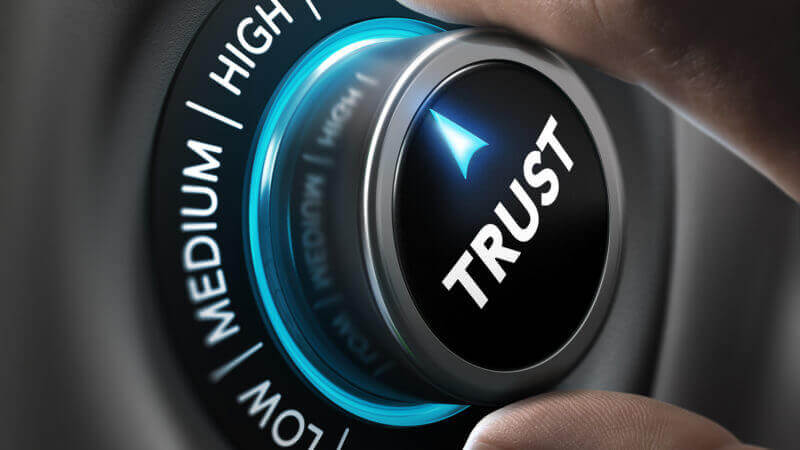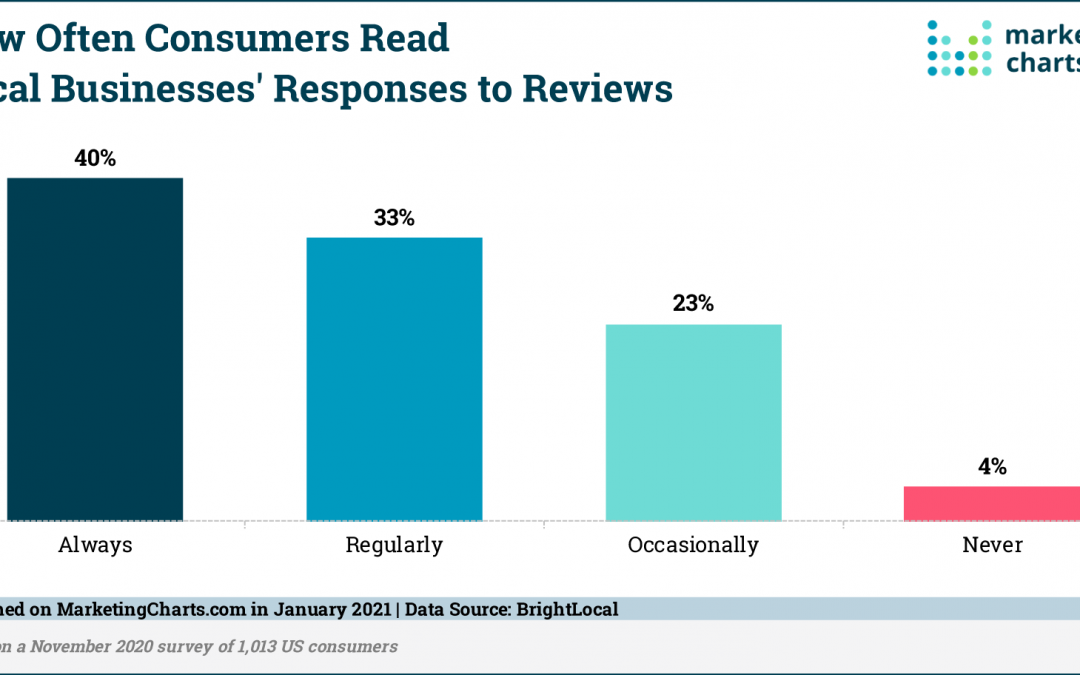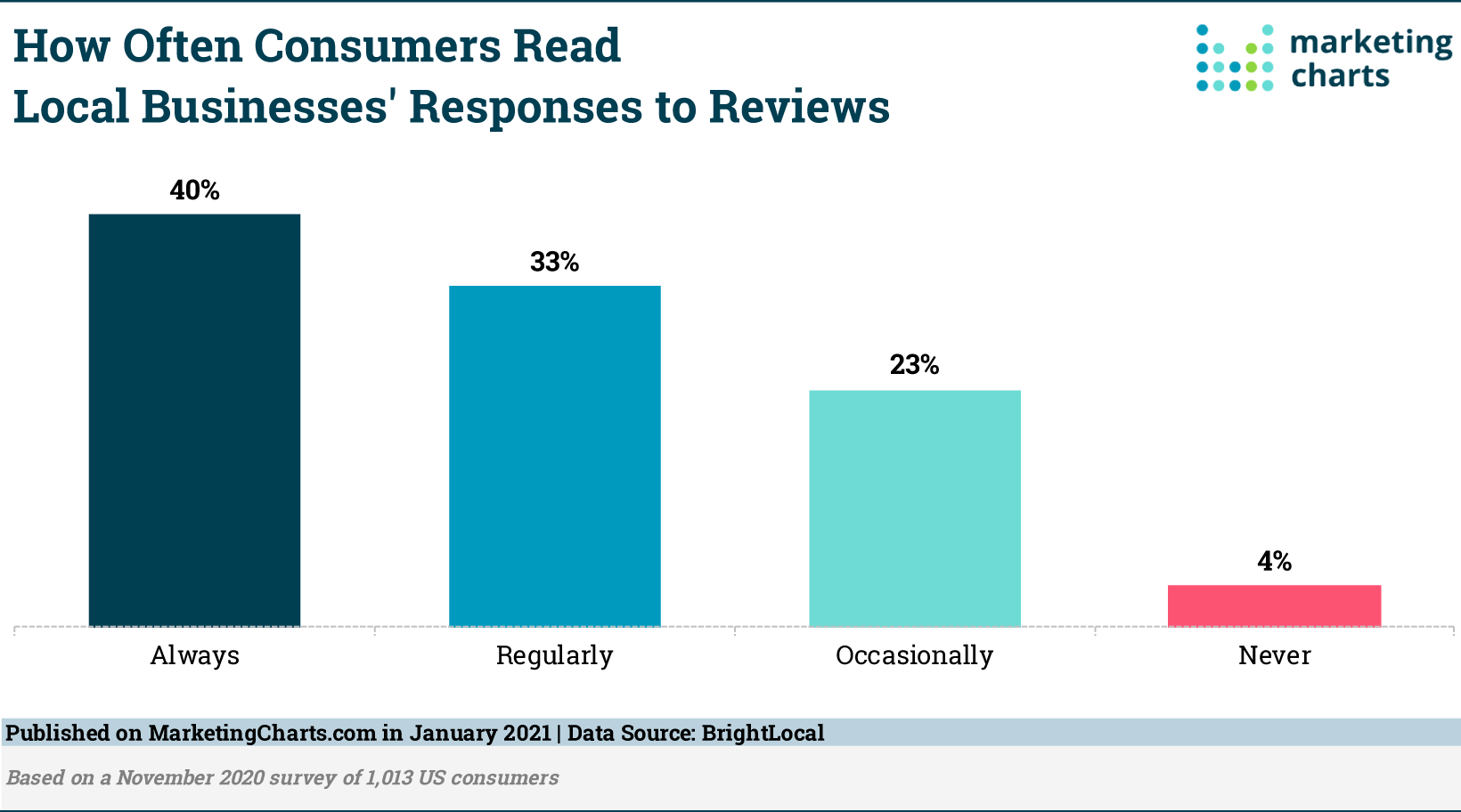
The Difference between Principles and Practices
There are certain Principles that are Timeless.
There are certain Practices that have a limited lifespan.
We need both.
We also need to know and understand the differences.
I’ll use two different examples, one of which is my area of expertise, the other is simply an observation.
Personal Land Transportation is the example I’ll use for the latter.
The United States of America is just shy of 250 years old. Our ancestors, the ones that arrived from other continents, came overseas way before the United States became a country. Water travel, boats, ships with multiple people… it was a form of mass transportation.
On land, we have had, horses and other animals we could either ride or attach to something that was pulled. Eventually bicycles became a popular form of Personal Land Transportation and then automobiles mostly powered by gasoline. Today the growth and popularity of electric vehicles continues to grow but it was be years before they replace gas powered personal land transportation automobiles.
I almost omitted rail transportation because it’s not a personal but a mass transportation system, however we as individuals have the freedom to use trains, subways and other rail based transportation to travel from one place to another over land.
The Principle is simple. Get from one place to another over land. It takes action and energy.
The Practices have evolved over time, and yet some of the early practices are still available. The most independent is perhaps ourselves, walking. All we need is fuel for our bodies and appropriate clothing. You can go faster riding a horse or bike. Motorized transportation is the Practice that most of us use these days to implement the Principle of getting from here to there.
Now I’ll apply this to my area of expertise, Advertising and Marketing using Human Relationship Principles.
The Principle is the closer you can spread the word about you and your business using what we as Humans respond to, the better. Boiled down to a couple of words, it’s the Trust Factor.
The very basic is called Word of Mouth. I ask you where to go for lunch and you recommend a place and tell me why. Because I trust you, I trust what you tell me and I go there and spend my lunch money. That Practice is probably equal to walking in my previous example. Very effective, but a slow way to grow your business.
Signage is another practice. If your business has no sign identifying it, I’m not going to trust I am at the right place. That kind of signage serves as an identifier of a physical location. There is also the physical signage that is more closely though of us advertising. I’m talking about billboards that advertise your business. Or it could be a smaller sign I see somewhere. Signage create a little bit of trust, but not as much as a friend telling me. The benefits of signage is that one sign can inform many more people than word of mouth and it can be placed strategically to potential customers.
Other Practices for advertising and marketing your business is the traditional media models of newspapers, television and radio stations. Online we also have a multitude of ever evolving tech.
Some Practices work better than others and it’s due to the Human Relationship Principle, the Trust Factor and how closely it is applied. Some of the online practices have evolved to attempt to create a more personalized advertising experience. As you and I do ANYTHING online, we are adding to the meta-data that is used to serve us ads that are supposed to be more targeted and relatable to each of us.
This is where I want you to really pay attention to the Difference between Principles and Practices.
The Practice of personalized and targeted ads makes sense, but it does absolutely nothing when it comes to following the Human relationship Principle of the Trust Factor.
I’ll talk more about the what and why of creating the Trust Factor in your advertising and marketing in the weeks ahead but for now, please understand that just because the an ad message is targeted and personalized the way tech can do it with algorithms, doesn’t make it better if it ignores the Principle of Human Relationships.





